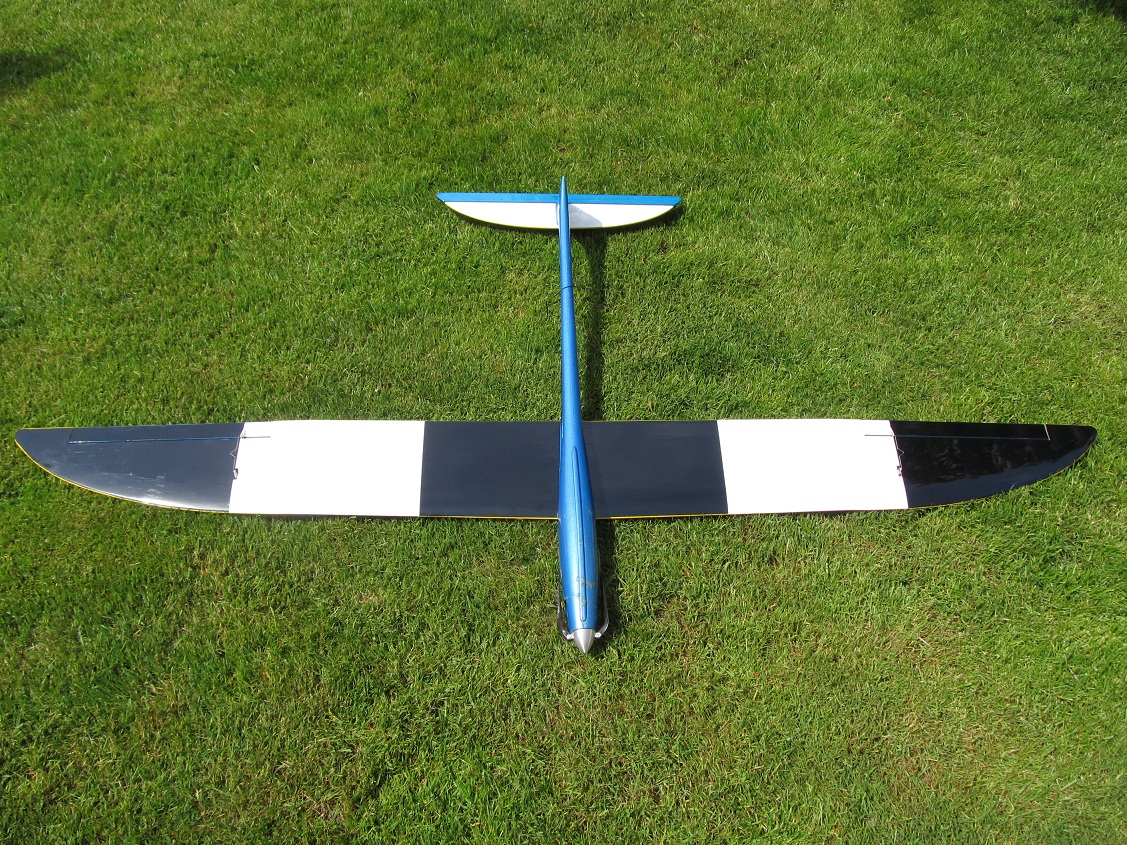

As a main rule you want more camber the better the air you are flying in. This is done by all surfaces on the wing going down. When flying duration and partly distance we want to change the airfoil so that it becomes more lifting (1-10 degrees). This is done by all surfaces on the wing going up 1 - 5 degrees. When flying speed and distance we often want a faster airfoil. As a general rule you want equal camber on flaps and aileron surfaces. Dependant of model type, condition and hook position you will need 10 - 30 degree launching camber.

When we start with winch/runners one needs to have a bigger camber / more lift on the wing than the model is produced with. Mostly this is sufficient to give enough brake anyhow. If not possible to set two settings then reduce the flap to 60 - 70 degrees. Often a model will need more compensation on half break than full. The model should put nose slightly down to maintain airspeed. Compensation on butterfly should be dialed in at both half and full brake. With full brake the following should happen:Īilerons slightly up (5-10mm), flaps as far down as possible and elevator slightly down as compensation for the increased lift of the wing. The butterfly function should be on your throttle stick. This is fine coming into a turn but will have the opposite effect coming out of the turn. It will give you automatical rudder movement when you use your ailerons. If the model sets its nose down much, you can reduce the down slightly. Too much and the rudder will slow you down or make it tip-stall.Įqual up/down but may be model dependant. On a new model I would always start without this mix.Įqual to each side but not more than that it actually works. All surfaces down = more camber/lift and thereby same as elevator up throw. Is a mix, that allows all surfaces to move togehter with the elevator.

If the model gets very sensitive, have less down elevator or use exponential. The more aft CG (Center of gravity), the less elevator throw. Speed and acro: 1/2 or equal down versus up.Īs a main rule, you want equal amount up elevator as down. A simple guidance for thermal flying: 1/3 - 1/2 down versus 1 up. This mix makes the ailerons and flaps go less down than up. To make a model to turn better, we need differential. As soon as we are on F3F/F3B we want half the amount aileron deflection on the inner surfaces (flaps). To fly only thermal one can only use the outer surfaces (ailerons). These are the controls we are after: Aileron, elevator, rudder, brake (butterfly) and flaps (camber). I'm sure, there are a lot of different ways to setup a model, but here are some basic tips. I found these tips a while ago and I'm extracting the, for me, most important infos about how to setup a sailplane.


 0 kommentar(er)
0 kommentar(er)
